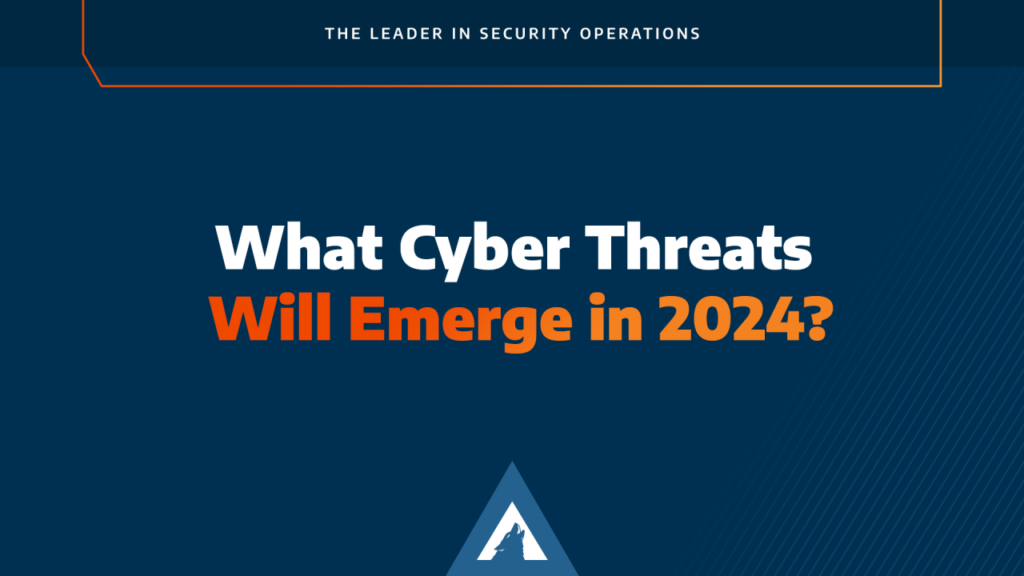Why IAM is Key to Stopping Persistent Cyber Threats in 2024

In today’s rapidly evolving digital landscape, cyber threats have reached new heights of persistence and sophistication. As organizations grapple with the increasing risk of data breaches and unauthorized access, Identity and Access Management (IAM) emerges as a critical shield against these evolving threats. By focusing on managing digital identities and controlling access to sensitive resources, IAM provides a proactive defense mechanism that enhances security and safeguards organizations from potential breaches.
Unveiling the Dynamics of Persistent Cyber Threats
Persistent cyber threats, characterized by their ongoing nature and adaptive methodologies, pose severe risks to businesses globally. These threats linger within networks, exploiting vulnerabilities and often evading traditional security measures, thereby demanding a more robust and proactive approach from an access and identity management system to thwart them effectively.
IAM is the Fortification Against Persistent Threats
IAM acts as a linchpin in the security infrastructure, fostering a multi-layered defense mechanism. By centralizing access controls and ensuring the right individuals have the appropriate permissions at the right time, IAM fortifies an organization’s cyber defense posture against persistent threats that attempt to compromise user identities or exploit loopholes in access privileges.
Role-Based Access Control: A Pillar of IAM
One of the core principles of an identity access management solution is Role-Based Access Control (RBAC), a granular approach that assigns permissions based on predefined roles within an organization. This method streamlines access management, reducing the attack surface and minimizing the potential impact of persistent threats attempting to exploit unauthorized access pathways.
Authentication and Authorization: IAM’s Vanguard Strategies
IAM employs advanced authentication and authorization protocols, such as multi-factor authentication (MFA) and least privilege access, as vanguard strategies against persistent cyber threats. These methods ensure stringent verification measures and limit user access to only essential resources, thus mitigating the risk of unauthorized access attempts.
IAM’s Adaptability to Emerging Threat Landscapes
The evolving nature of cyber threats necessitates adaptive security measures. IAM, with its scalable architecture and agile frameworks, demonstrates the capability to evolve alongside the threat landscape. Its ability to integrate with emerging technologies and accommodate dynamic security protocols enhances an organization’s resilience against persistent threats.
The Intersection of AI and IAM: Augmenting Cyber Defense
The fusion of Artificial Intelligence (AI) and IAM marks a pivotal advancement in combating persistent threats. AI-driven IAM solutions leverage machine learning algorithms to detect anomalous behavior patterns, swiftly identifying potential threats and responding proactively, thereby augmenting the overall cyber defense mechanisms.
Collaborative Approach: IAM as a Business Enabler
IAM not only acts as a robust security enforcer but also serves as a catalyst for business efficiency. By enabling streamlined access to resources and facilitating secure collaboration among stakeholders, IAM strikes a balance between stringent security measures and operational flexibility, thereby empowering organizations to thrive amidst persistent cyber threats.
In conclusion, in the ever-evolving landscape of persistent cyber threats, Identity and Access Management (IAM) becomes a critical component of a robust defense architecture. With its multifaceted approach that includes access control, authentication strategies, adaptability, and collaborative potential, IAM serves as a linchpin in thwarting persistent threats. By fortifying organizations against evolving cyber risks in 2024 and beyond, IAM plays a pivotal role in ensuring the security and resilience of businesses. As the threat landscape continues to evolve, investing in IAM measures will be crucial for organizations to stay ahead and protect their valuable assets. With its comprehensive capabilities, IAM is poised to be a key enabler in safeguarding businesses from the ever-increasing cyber risks they face.
